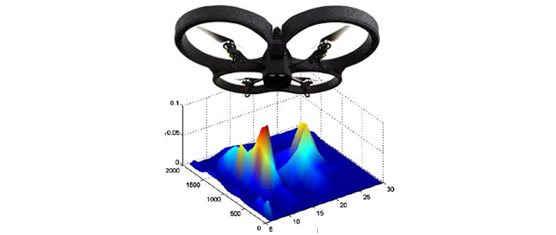Han Yuan, Bin He
Laureate Institute for Brain Research, Tulsa, Oklahoma, USA; Department of Biomedical Engineering, University of Minnesota, Minneapolis, Minnesota, USA, Volume 61, Issue 5, Page: 1425 – 1435

Many studies over the past two decades have shown that people can use brain signals to convey their intent to a computer using brain-computer interfaces (BCIs). BCI systems extract specific features of brain activity and translate them into control signals that drive an output. Recently, a category of BCIs that are built on the rhythmic activity recorded over the sensorimotor cortex, i.e. the sensorimotor rhythm (SMR), has attracted considerable attention among the BCIs that use noninvasive neural recordings, e.g. electroencephalography (EEG), and have demonstrated the capability of multi-dimensional prosthesis control. SMR-based BCIs have been widely investigated in healthy human subjects, as well as in people with amyotrophic lateral sclerosis and in those with severe damage from spinal cord injuries and stroke resulting in substantial deficits in communication and motor function. By modulating their SMR signals, users are able to acquire two- or three-dimensional movement control with performance comparable to control obtained from invasive intracortical recordings, or even real-world navigation of helicopter in 3D space. This article reviews the current state and future perspectives of SMR-based BCI and its clinical applications, in particular focusing on the EEG SMR. The characteristic features of SMR from the human brain are described and their underlying neural sources are discussed. The functional components of SMR-based BCI, together with its current clinical applications are reviewed. Lastly, limitations of SMR-BCIs and future outlooks are also discussed.

